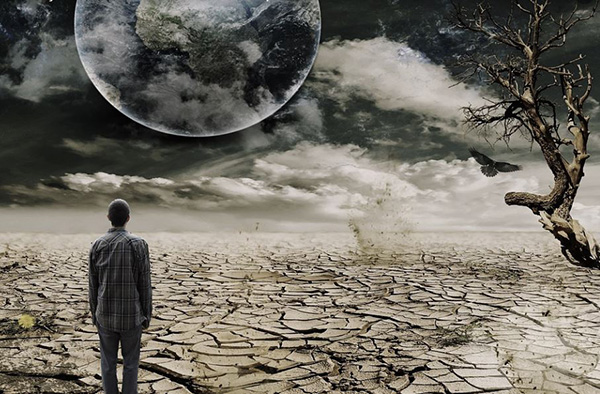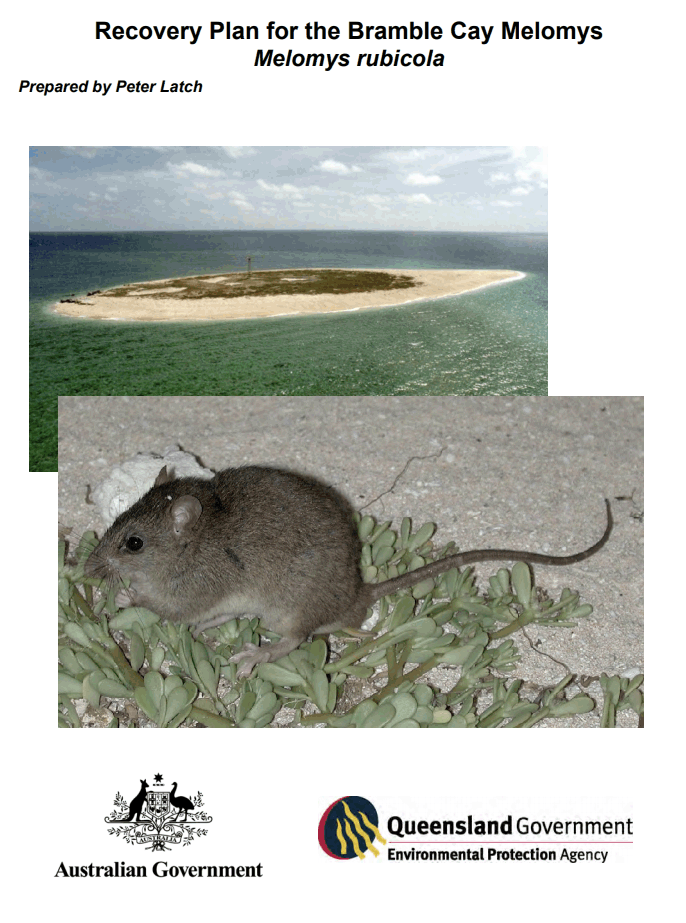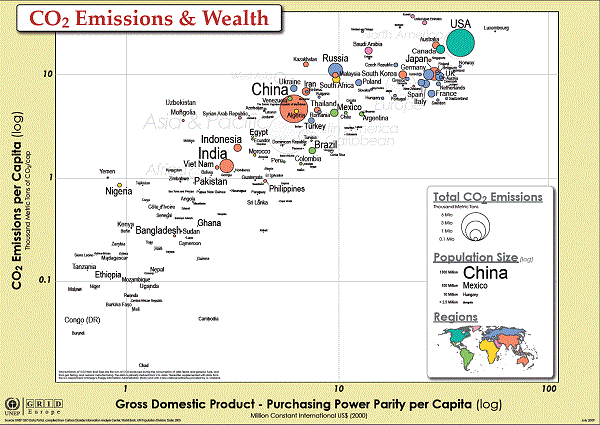
Art by NoName_13
The prophesy of the Sixth Mass extinction has popped up again with hyperbolic modelling to scare us out of our money and just in time for a UN convention. As Steve Milloy says it’s just a giant land and power grab by the UN, which has just finished another meeting for “Biodiversity” — it’s the Baby-IPCC for biology. It was co-hosted by Canada and China. They couldn’t even be bothered thinking up a new acronym so it was called COP15. Rinse, repeat, and press go for spin.

Journalists can cut-n’-paste the formula and adjectives from the IPCC climate press releases: blah etc blah, …close to 200 countries reached “a watershed agreement to stem the loss of nature worldwide” (but not the US). Somehow the “bleary eyed delegates” (who arrived in jets), have waved their magic wands and cast a spell to save the Earth. The solution, apparently, is for the rest of us not to use about a third of our own country, or something like that. The UN bureaucrats can decide what use is OK, and punish us with threats of “endangered listings” if we don’t spend enough on their favourite lobby group, just like they are with Australia’s Great Barrier Reef, even though it has record high coral cover.
Currently “only” 17% of land, and 10% of marine areas are protected. They want to make that 30% to remain “undeveloped“.
It’s just one more baby step on the way to centralized global government. We will need to ask their permission to use our land soon.
Conserve 30% of our land by 2030? (30 x 30)
Nations promise to protect 30 percent of planet to stem extinction
Washington Post
 MONTREAL — Close to 200 countries reached a watershed agreement early Monday to stem the loss of nature worldwide, pledging to protect nearly a third of Earth’s land and oceans as a refuge for the planet’s remaining wild plants and animals by the end of the decade.
MONTREAL — Close to 200 countries reached a watershed agreement early Monday to stem the loss of nature worldwide, pledging to protect nearly a third of Earth’s land and oceans as a refuge for the planet’s remaining wild plants and animals by the end of the decade.
Nations now have the next eight years to hit their targets for protecting life. With few legal mechanisms for enforcement, they will have to trust each other to protect habitats and funnel hundreds of billions of dollars over conservation.
The 10-year deal sets nearly two dozen targets. The banner commitment calls on nations to collectively conserve for wildlife at least 30 percent of land, inland waterways, and coastal and ocean areas by 2030 — the promise dubbed “30 by 30.”
Thus spake the prophet Supercomputer:
Earth could face a mass EXTINCTION by 2100: Supercomputer predicts more than a quarter of species will die by the end of the century
Daily Mail
Australian and European scientists have developed a ‘virtual Earth’ to better plot global extinctions caused by climate change. The results point to the loss of 10 per cent of all plant and animal species by 2050, rising to 27 per cent by the end of this century. The scientists blame ‘over-exploitation of resources’, land-use change, over-harvesting, pollution, climate change and ‘biological invasions’.
‘Children born today who live into their 70s can expect to witness the disappearance of literally thousands of plant and animal species, from tiny orchids and the smallest insects to iconic animals such as the elephant and the koala,’ Professor Bradshaw said.
Using a supercomputer, the scientists created a world with more than 15,000 ‘food webs’ to predict the fate of interconnected species.
So a supercomputer adds up 15,000 webs of low level data on sloths, bark and butterflies, with error bars larger than trends, in systems we don’t understand, and a million lines of code, and extrapolates up the kazoo — what could possibly go wrong?
And these people call themselves scientists.

Let’s get a grip on the current state of the Sixth Mass Extinction — so far the only mammal extinction officially due to “man-made” climate change was a colony of little brown rats which had washed up on a sandy spit south of Papua New Guinea. The “island” is so small it has no fresh water, no trees, and the highest point is all of 3 meters above the high tide mark. One king wave could have wiped out the colony. Relatives of these rats live in Papua New Guinea, and presumably more rats will wash up there again sometime and the cycle will start over. As of 2019, that was the only actual mammal anyone can name as an extinction “caused by climate change”.
Almost the whole island was protected by the Native Title Act. A lot of good it did the dead rats.
As Patrick Moore, co-founder of Greenpeace says — most of the species “going extinct” never existed in the first place:
“Since species extinction became a broad social concern, coinciding with the extinction of the passenger pigeon, we have done a pretty good job of preventing species extinctions.”
Moore bluntly mocked species extinction claims made by biologist Edward O. Wilson from Harvard University. Wilson estimated that up to 50,000 species go extinct every year based on computer models of the number of potential but as yet undiscovered species in the world. Moore: “There’s no scientific basis for saying that 50,000 species are going extinct. The only place you can find them is in Edward O. Wilson’s computer at Harvard University. They’re actually electrons on a hard drive. I want a list of Latin names of actual species.”
As for Koalas, nearly everything we’ve been told about koalas is wrong. Far from being in danger of being wiped out, they have been in a boom bust cycle for 200 years.
Before the first fleet arrived, koalas were so rare that the new settlers didn’t even see one for fifteen years! But after the indigenous cool burns programs stopped, dense forests grew which were choc-full of tender new shoots that koalas love to eat. So koala populations would flourish and boom right up until a fire wiped them out.
They recover so fast sometimes they are in plague proportions.
Save species with fossil fuels — Rich countries protect the environment
The solution, of course, is cheap energy:
1. The worst pollution is in countries with a low income per capita — when people are hungry they raze forests. The most polluted cities are in places like Ghana, Ukraine, Bangladesh, Zambia, Argentina, and Nigeria. The most deforestation occurs in Brazil, Indonesia, Russia, and Mexico. The worst air is in India and China.
2. Only rich nations have the resources to save the environment.
3. Countries that produce more CO2 are richer.

Source: UNEP – a graph so useful they had to remove it.
Quick, burn more fossil fuels to save life on Earth
h/t Willie Soon
REFERENCES
Giovani Strona and Corey Bradshaw (2022) Coextinctions dominate future vertebrate losses from climate and land use change, Science Advances, 16 Dec 2022, Vol 8, Issue 50, DOI: 10.1126/sciadv.abn4345